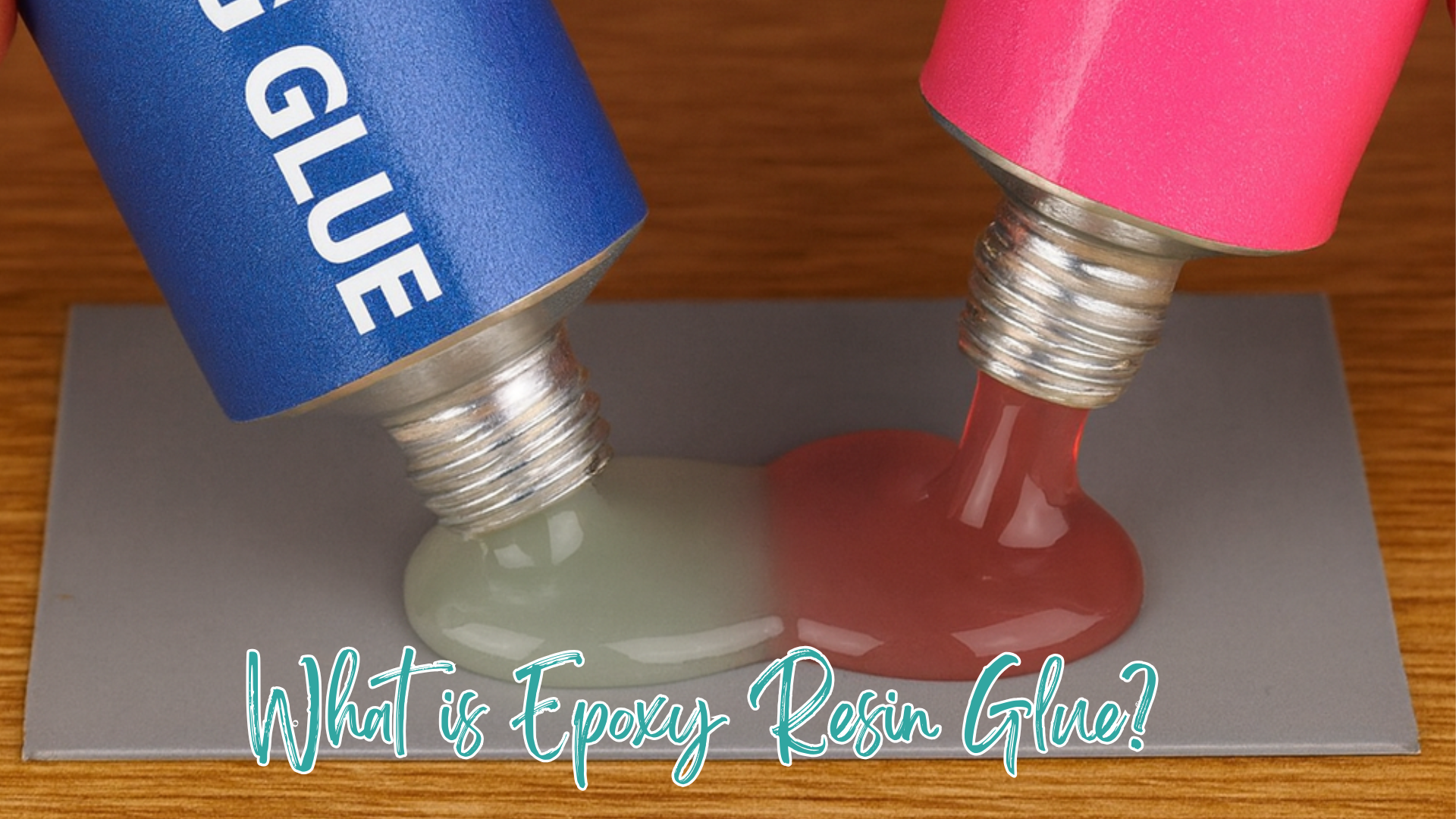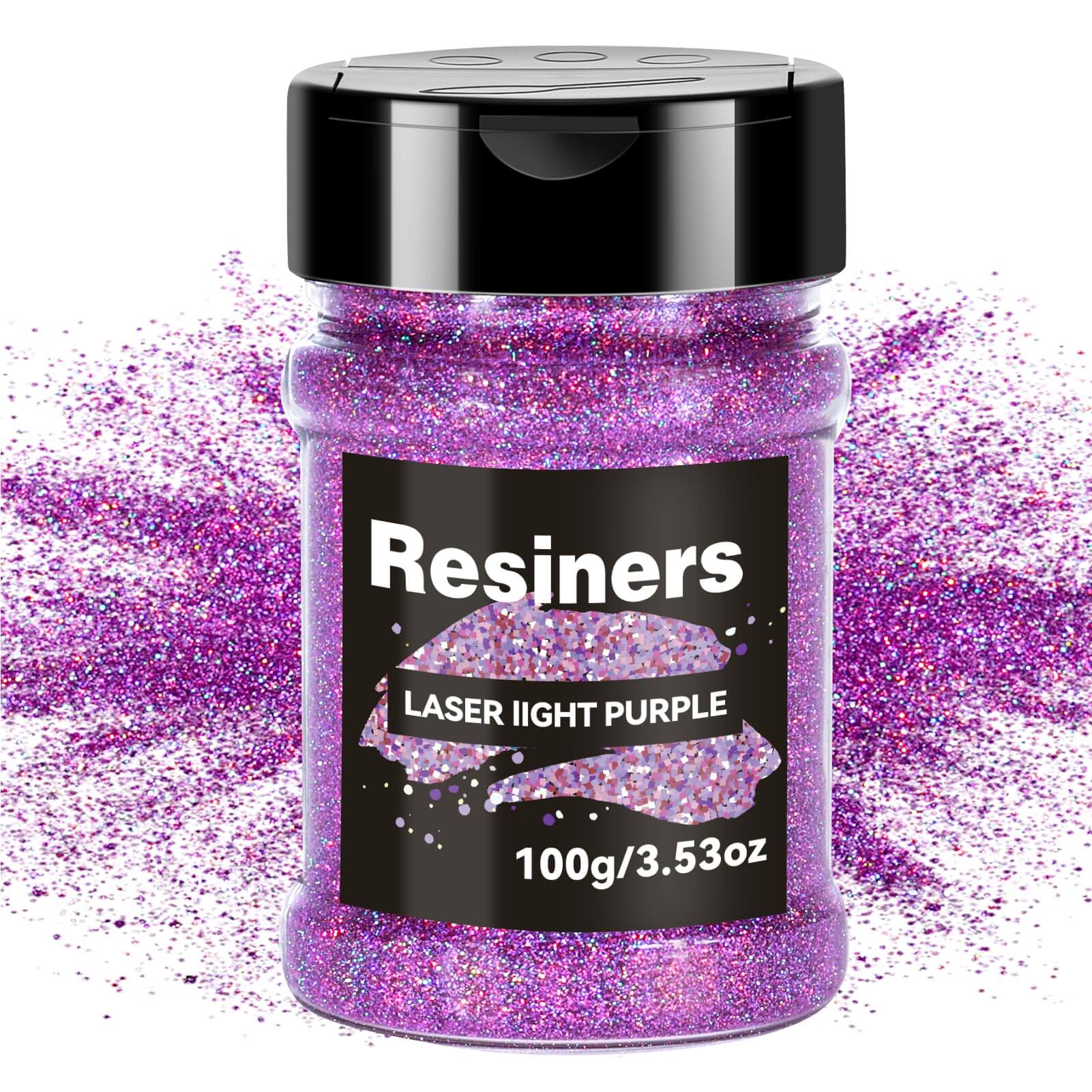Before we jump into the amazing projects, let us be clear about what we are talking about. A rotary tool is a small, handheld power tool known for its high-speed motor.
Brands like Resiners have made this tool famous, leading many people to refer to any rotary tool.
This tool works by spinning a small attachment, or rotary tool bit, at very high revolutions per minute (RPM), often reaching 16,000 RPM or more.
This incredible speed, combined with the proper attachment, allows it to perform tasks that heavy, slow-moving tools simply cannot.
Quick Takeaways:
- Cutting: Use cut-off wheels for metal, plastic, or ceramic tile.
- Sanding/Shaping: Detail sanding, smoothing wood edges, or shaping small pieces.
- Engraving/Carving: Etching glass, carving wood, or customizing metalwork.
- Grinding/Sharpening: Sharpening blades, like knives and chainsaws, or smoothing welds.
- Polishing/Cleaning: Restoring shine to jewelry, removing rust, or polishing brass.
- Drilling: Creating small, precise holes in delicate materials like resin or shell.
- Routing: Cutting grooves or dadoes for detailed woodworking trim.
- Grout Removal: Removing old, cracked grout quickly and efficiently.
You May Want to Shop
|
|
Elevate your crafts and DIY projects with the Resiners® Cordless Rotary Tool Kit. Featuring 5 adjustable speeds, 53 practical accessories, and long battery life, this lightweight, ergonomic kit powers sanding, drilling, polishing, and more. Perfect for resin artists and makers who demand precision and versatility. |
What Is a Rotary Tool?
A rotary tool is a small, handheld power tool equipped with a fast-spinning motor that accepts various attachments to perform different tasks. It is not designed for heavy-duty grinding or cutting, like a die grinder, but rather for precision and detail work.
Basic Features of a Rotary Tool:
- Small size: Fits comfortably in one hand.
- Collet size: Standard ⅛ inch that accepts small attachments like sanding drums, burrs, and cutting wheels.
- Speed: High-speed motor reaching 15,000 to 35,000 RPM.
- Power source: Corded electric or rechargeable cordless.
- Attachments: Over 50 bit types for different jobs such as sanding, engraving, or polishing.
Rotary tools shine because of their flexibility. With one tool and a box of attachments, you can switch from cutting PVC pipe to polishing a piece of jewelry in minutes.
What Is a Rotary Tool Used For?

Here are the most popular ways people use rotary tools, along with detailed explanations:
1. Sanding and Smoothing Surfaces
One of the most common uses is sanding or smoothing. A rotary tool can get into corners and tight spaces that regular sanders cannot.
- Attach sanding drums for wood, resin edges, and furniture refinishing.
- Ideal for touch-ups and fine finishing instead of shaping large boards.
- Great for smoothing sharp edges on small craft projects.
Attachment: Sanding drum or sanding disc
How-to❓:
- Select a sanding drum or disc.
- Lock it into the collet of your rotary tool.
- Smooth s,harp edges on wood, resin, or plastic, using gentle even pressure in circular motions.
Tip ✨: Use lower speeds to avoid heat buildup on resin or plastic.
2. Engraving and Carving
Rotary tools are perfect for creative customization.
- Engrave initials or designs into wood, glass, or metal.
- Carve patterns into resin crafts or decorative furniture pieces.
- Useful for creating custom gifts, crafting decorations, or DIY art.
Attachment: Engraving bit or diamond tip
How-to❓:
- Install the engraving bit.
- Sketch your design with a pencil or marker.
- Trace slowly over lines using steady hands.
Tip ✨: Practice first on scrap material for best control.
3. Polishing and Buffing
By switching to felt wheels or polishing bits, you can shine almost anything.
- Polishing resin jewelry and small art pieces.
- Restoring shine to metal fixtures or antiques.
- Cleaning rust or tarnish from hardware.
Attachment: Felt wheel or polishing pad
How-to❓:
- Add a dab of polishing compound to the felt wheel.
- Secure the wheel to your rotary tool.
- Lightly polish jewelry, glass, or metal items in circular movements.
Tip ✨: Let the tool do the work; excessive pressure can cause scratches.
4. Cutting Small Materials
Rotary tools are small, but cutting wheels make them very handy.
- Cut through PVC pipes, acrylic sheets, small bolts, or drywall.
- Trim wood dowels or resin blocks for projects.
- Works well for hobbyists who need to complete lightweight cutting jobs quickly.
Attachment: Cut-off wheel
How-to❓:
- Use a reinforced cut-off wheel.
- Mark your cut line on wood, acrylic, or thin metal.
- Cut gently, letting the wheel spin at high speed, guiding it in a steady path.
Tip ✨: Wear safety goggles as cut-off wheels may spark
5. Grinding and Sharpening
While not as powerful as a die grinder, a rotary tool can still grind and sharpen smaller items.
- Sharpen scissors, knives, or small garden tools.
- Deburr and grind down edges on lightweight metals.
- Perfect for homeowners keeping household tools sharp.
Attachment: Sanding drum or sanding disc
How-to❓:
- Select a sanding drum or disc.
- Lock it into the collet of your rotary tool.
- Smooth s,harp edges on wood, resin, or plastic, using gentle even pressure in circular motions.
Tip ✨: Use lower speeds to avoid heat buildup on resin or plastic.
6. Drilling and Detailing
Some rotary tools double up as mini drills when fitted with drill bits.
- Drill small holes in resin jewelry or wood crafts.
- Perfect for makers who need detailed drilling.
- Great alternative to bulky electric drills for delicate work.
Attachment: Drill bit
How-to❓:
- Insert a mini drill bit.
- Clamp your workpiece.
- Place the tip on the marked point and gently drill straight down.
Tip ✨: Start slow to avoid slipping or cracking delicate items.
7. Crafting and Resin Art
For resin artists, rotary tools are essential.
- Sand resin edges to smooth castings.
- Drill holes in pendants for chains.
- Polish resin surfaces into glossy finishes.
Rotary tools often go hand-in-hand with resin curing machines, heat guns, and UV curing lights in creative projects.
Also Read: 15 Stunning Resin Earring Ideas To Try
Advantages of Using a Rotary Tool
Why do so many beginners, hobbyists, and even seasoned professionals prefer a rotary tool over larger, bulkier equipment?
The answer lies in how practical, efficient, and versatile this small but powerful tool can be.
Here are the top advantages of choosing a rotary tool for your projects:
- Compact and lightweight: Easy to handle for detailed work.
- Versatile: One tool handles dozens of tasks.
- Beginner-friendly: Low learning curve, safe for hobbyists.
- Affordable: Usually cheaper than larger power tools.
- Portable: Cordless options make it easy to carry anywhere.
- Huge accessory range: Sanding, polishing, cutting, engraving, drilling, buffing all with simple bit swaps.
A rotary tool is more than just a convenient gadget; it is a reliable and cost-effective solution for numerous tasks.
Whether you are a beginner exploring DIY crafts or an experienced maker looking for precision and efficiency, the advantages of using a rotary tool make it a worthwhile addition to every toolkit.
Limitations of Rotary Tools
While rotary tools are incredibly versatile, it is important to understand their limitations so you can choose the right tool for the job.
Knowing these limits ensures you use the tool safely, extend its lifespan, and achieve the best results for your projects.
- Not designed for heavy-duty work: A rotary tool excels at precision tasks but struggles with demanding jobs. For example, it is not powerful enough to cut through thick steel, dense hardwood, or other heavy materials. For industrial or large-scale cutting, a die grinder or angle grinder is the better option.
- Restricted collet size: Most rotary tools are limited to attachments with a 1/8-inch shank size. While this is perfect for detail work, it restricts compatibility with larger cutting or grinding bits. This makes them less suitable for projects that require heavy-duty accessories.
- Potential overheating: Due to their compact design, rotary tools may overheat if used continuously for extended periods. Frequent breaks and proper speed settings help prevent heat buildup, ensuring consistent performance.
- Slower for bulk material removal: Rotary tools are ideal for fine detail, polishing, or engraving, but they are inefficient for removing large amounts of material quickly. Projects requiring speed and heavy removal are better handled by more powerful equipment.
By understanding these limitations, you can make an informed choice. Use a rotary tool for precision and detail, and opt for larger power tools when heavy-duty performance is required.
Also Read: Cool Resin Art To Try: Creative Ideas and Techniques
Rotary Tool Applications by Category
A rotary tool is one of the most versatile tools you can keep in your arsenal, thanks to its ability to handle both delicate detail work and practical everyday tasks.
With the right attachments, it can be used across different categories, from crafting to home repairs. Below are some of the most common and practical applications.
For Crafts and Hobbies
Crafters love rotary tools for their precision. You can create custom resin jewelry, add intricate engravings to wood or glass, or polish handmade pieces to restore shine.
The ability to switch between cutting, engraving, and polishing bits makes it a favorite for creative projects.
For DIY Projects
When it comes to small home improvement work, rotary tools save time and effort. They can cut through drywall, shape PVC pipes, smooth furniture edges, or sand away paint chips and glue residue.
Hobbyist woodworkers and DIY enthusiasts often use them for quick touch-ups
For Automotive Work
Rotary tools also play a role in car maintenance. They are handy for polishing chrome trim, removing rust spots, or even drilling and grinding small automotive components.
Their compact size allows you to reach tight spaces that larger tools cannot access.
For Home Use
Around the house, a rotary tool is perfect for sharpening blades, engraving labels onto tools or keys, or polishing cabinet handles and fixtures.
These small jobs become faster, safer, and more precise with one reliable tool.
Conclusion
The question of what a rotary tool is used for can be answered with one word: everything. This small, high-speed handheld power tool is an investment that exponentially expands your capability for detail, precision, and multi-material work.
From cutting and grinding to the delicate art of engraving designs, the versatility of the rotary tool, driven by its vast collection of interchangeable rotary tool bits, makes it a cornerstone of any serious workshop or craft space. It truly is the one tool that fits where no other tool can.
Do not let your rotary tool sit in a drawer. Grab a beginner's kit and a few scraps of material, and start practicing your precision. You will quickly discover why it is a favorite among experts.
Check Out These Collections!
- For your crafting needs, explore our handheld rotary tool collections!
- Perfect your resin projects with our resin hand drill and resin curing machine tools.
- For heat-related tasks such as curing resin or paint stripping, consider our heat gun for crafts selection.
FAQs About What a Rotary Tool Is Used For
Can a rotary tool drill into concrete or masonry?
While specialized masonry drill bits are available for rotary tools, they are generally suited for making small, shallow holes. For heavy-duty drilling into thick concrete or brick, a hammer drill or rotary hammer drill is the correct tool due to its higher torque and impact mechanism. Use the rotary tool for light work, but rely on a stronger drill for major masonry jobs.
Can a rotary tool cut metal?
Yes, a rotary tool can cut metal when you use a reinforced cut-off wheel. It works best on thin sheet metal, small bolts, screws, and trim pieces. Go slow, let the wheel do the work, and wear eye protection. For thick or hardened steel, use a larger saw or an angle grinder instead.
What is the most common use for a rotary tool?
The most common use is light detail work like sanding, grinding, cutting small parts, and polishing edges. People also use it for drilling tiny holes and engraving. Its small size makes it perfect for tight spaces and fine control. You can swap bits in seconds to switch tasks.
Can a rotary tool be used for resin crafts?
Yes, a rotary tool works well for shaping, sanding, drilling, and polishing cured resin. Use sanding drums or diamond burrs at low to medium speed to prevent the resin from melting. Then, finish with fine grits and a polishing wheel for a clear shine. Always work on fully cured pieces, which typically take 24 to 72 hours, and clamp small parts to prevent them from slipping. Wear eye protection and a dust mask or respirator, as resin dust is harmful if inhaled.
Is a rotary tool safe for beginners?
Yes, it is beginner-friendly if you follow basic safety steps. Use the right bit, start at a lower speed, and apply light pressure. Wear eye protection and a dust mask, and clamp your work so it does not move. Keep fingers clear of the bit and unplug the tool when changing accessories.














Hinterlasse einen Kommentar
Diese Website ist durch hCaptcha geschützt und es gelten die allgemeinen Geschäftsbedingungen und Datenschutzbestimmungen von hCaptcha.